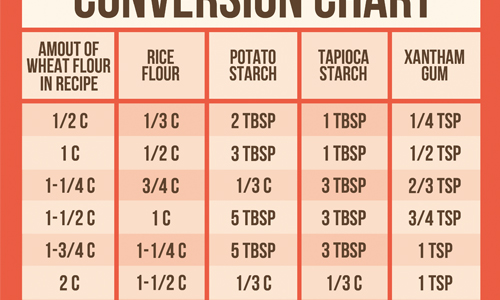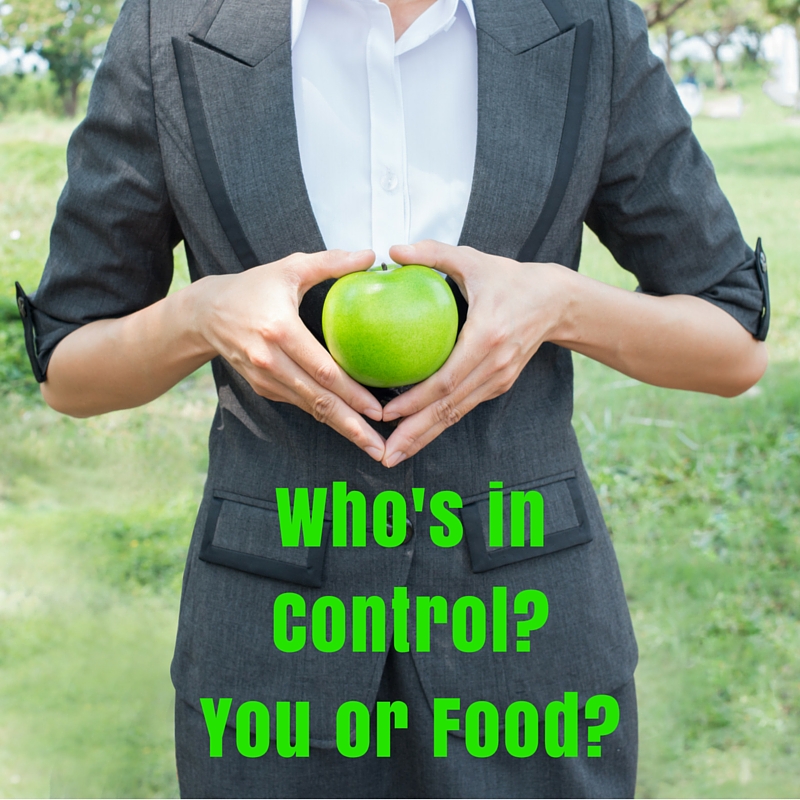
Is Gluten Free for You?
Why go gluten free? And what is gluten anyway? Surely you know if you’ve decided to exclude it!
Unfortunately it’s a popular practice to jump on the latest health advice and follow along without really knowing why. So let’s get educated.
There are various foods in modern life that are recognised toxins to the body. They’re inflammatory, upset hormones and attack the lining of the gut, which upsets the balance of healthy bacteria.
The toxic six, in no particular order, are: gluten, dairy, soy, corn, caffeine and sugar.
No matter how few calories you may be consuming to reduce weight or waste in your body, if you’re still consuming these foods and you have sensitivities to them, your health will stay where it is.
If you do have sensitivities to them, they can trigger and cause leaky gut (immune response) and inflammation, keeping you overweight, sick and fuelling your cravings.
For this article, let’s focus on gluten: What is it?
Gluten is a protein found in some grains, including wheat and relatives of wheat (spelt, barley and rye). Gluten also shows up in many whole grain foods related to wheat, including bulgur, spelt and triticale (a hybrid of wheat and rye).
Gluten consists of two proteins… gliadin and glutenin. Gliadin is the primary immunotoxic protein that people react negatively to.
You can have several different levels of gluten issues: gluten intolerance, allergy or coeliac disease (where your body will actually attack itself and the invader, gluten).
Gluten can cause inflammation and auto-immune issues. Symptoms include weight loss resistance, digestive upsets, headaches, sugar cravings, joint pain, anxiety, depression and leaky gut.
Leaky gut disease is on the rise, and happens when inflammation causes small holes that start tearing in the lining of your intestinal wall, allowing particles of undigested food, bacteria and metabolic waste to permeate and enter the blood stream.
All of this inflammation causes various upsets within the body. We feel pain faster, keep weight on, feel tired and lethargic, have hormonal imbalances, and feel less than fabulous most of the time.
Recognising signs of inflammation within your body is key to understanding your body wisdom.
Our bodies will communicate this information by making us feel unwell and low, and encouraging us to reach for foods that make us feel better (read fat, sugar and salt).
If you think you may have a gluten sensitivity or immune response, there are options available to you, depending on the severity of your symptoms. You can either have a hair analysis, a food sensitivity test, or simply learn which foods and products contain gluten, then start taking them out and testing yourself with a re-introduction plan to see where you feel better or worse.
You also don’t have to fear about what is left to eat! There are plenty of gluten free bread alternatives and recipes available in my real food recipes section here.
For further education on gluten and grains, I recommend reading Grain Brain: The Surprising Truth about Wheat, Carbs, and Sugar–Your Brain’s Silent Killers, and Wheat Belly: Lose the Wheat, Lose the Weight, and Find Your Path Back to Health
. These books look at the affects grain and wheat can have on blood sugar, memory, hormones and weight. Enlightening and life-saving information for many.
At the end of the day, your body is your best friend in guiding you with the right foods to enliven, energise and heal your energy. You simply need to pay attention.
Here are some helpful Gluten Free tips from Dr David Perlmutter:
The following items can be consumed liberally on your Gluten Free Diet. Go organic and local with your whole-food choices wherever possible; flash frozen is fine, too:
- Healthy fat: extra virgin olive oil, sesame oil, coconut oil, grass-fed tallow and organic or pasture-fed butter, ghee, almond milk, avocados, coconuts, olives,nuts and nut butters, cheese (except for blue cheeses), and seeds (flaxseed, sunflower seeds, pumpkin seeds, sesame seeds, chia seeds).
- Protein: whole eggs; wild fish (salmon, black cod, mahi mahi, grouper, herring, trout, sardines); shellfish and molluscs (shrimp, crab, lobster, mussels, clams, oysters); grass-fed meat, fowl, poultry, and pork (beef, lamb, liver, bison, chicken, turkey, duck, ostrich, veal); wild game.
- Vegetables: leafy greens and lettuces, collards, spinach, broccoli, kale, chard, cabbage, onions, mushrooms, cauliflower, Brussels sprouts, sauerkraut, artichoke, alfalfa sprouts, green beans, celery, bok choy, radishes, watercress, turnip, asparagus, garlic, leek, fennel, shallots, scallions, ginger, jicama, parsley, water chestnuts.
- Low-sugar Fruit: avocado, bell peppers, cucumber, tomato, zucchini, squash, pumpkin, eggplant, lemons, limes.
- Herbs, Seasonings, and Condiments: You can go wild here as long as you watch labels. Kiss ketchup and chutney goodbye but enjoy mustard, horseradish, tapenade, and salsa if they are free of gluten, wheat, soy, and sugar. There are virtually no restrictions on herbs and seasonings; be mindful of packaged products, however, that were made at plants that process wheat and soy.
The following can be used in moderation (“moderation” means eating small amounts of these ingredients once a day or, ideally, just a couple times weekly):
- Non-gluten grains: amaranth, buckwheat, rice (brown, white, wild), millet, quinoa, sorghum, teff. (A note about oats: although oats do not naturally contain gluten, they are frequently contaminated with gluten because they are processed at mills that also handle wheat; avoid them unless they come with a guarantee that they are gluten-free.) When non-gluten grains are processed for human consumption (e.g., milling whole oats and preparing rice for packaging), their physical structure changes, and this increases the risk of an inflammatory reaction. For this reason, we limit these foods.
- Legumes (beans, lentils, peas). Exception: you can have hummus (made from chickpeas).
- Carrots and parsnips.
- Whole sweet fruit: berries are best; be extra cautious of sugary fruits such as apricots, mangos, melons, papaya, prunes, and pineapple.
- Cow’s milk and cream: use sparingly in recipes, coffee, and tea.
- Cottage cheese, yogurt, and kefir: use sparingly in recipes or as a topping.
- Sweeteners: natural stevia and chocolate (choose dark chocolate that’s at least 70 percent or more cocoa).
- Wine: one glass a day if you so choose, preferably red.
Here’s a sample shopping list:
- Shredded Coconut
- Kale
- Almonds
- Walnuts
- Olive Oil
- Coconut Oil
- Grass Fed Beef
- Free Range Eggs
- Avocado
- Free Range Turkey
- Free Range Chicken
- Mixed Greens
- Spinach
- Broccoli
- Wild Salmon
- Berries (in moderation)
- Onions
- Garlic
- Bell Pepper
- Black Pepper
- Goat’s Cheese
Find what your body is really craving and feed it that. Good Luck!
With love and excellent health,
Viki xo
About Viki
Viki Thondley is a Mind-Body Wellness Specialist and qualified Holistic Counsellor, Food, Stress & Lifestyle Coach, Meditation Therapist, and Eating Disorder Recovery Coach who inspires women to shift from dieting and restriction to whole-self nourishment, self-care and healing. Recovered from bulimia nervosa and the many years of hormonal imbalances, food prison and self-sabotaging behaviours’, Viki is an inspiring coach, speaker and event host who also provides personalised holistic programs, workshops and retreats to instil self-love, happiness, body confidence and real food freedom. She is author of “Achieving Your Wellness: Create a Life You Love” and “Healthy Chocolate Delights: Real Food Sweet Treats”.
Sign up to her Happy | Healthy | Confident newsletter for her free 43 page eBook “Break Up with Dieting: 10 Tips to Calm Your Mind, Relax Your Body & Eat With Pleasure” + weekly whole-self nourishment tips, inspiration and recipes!



